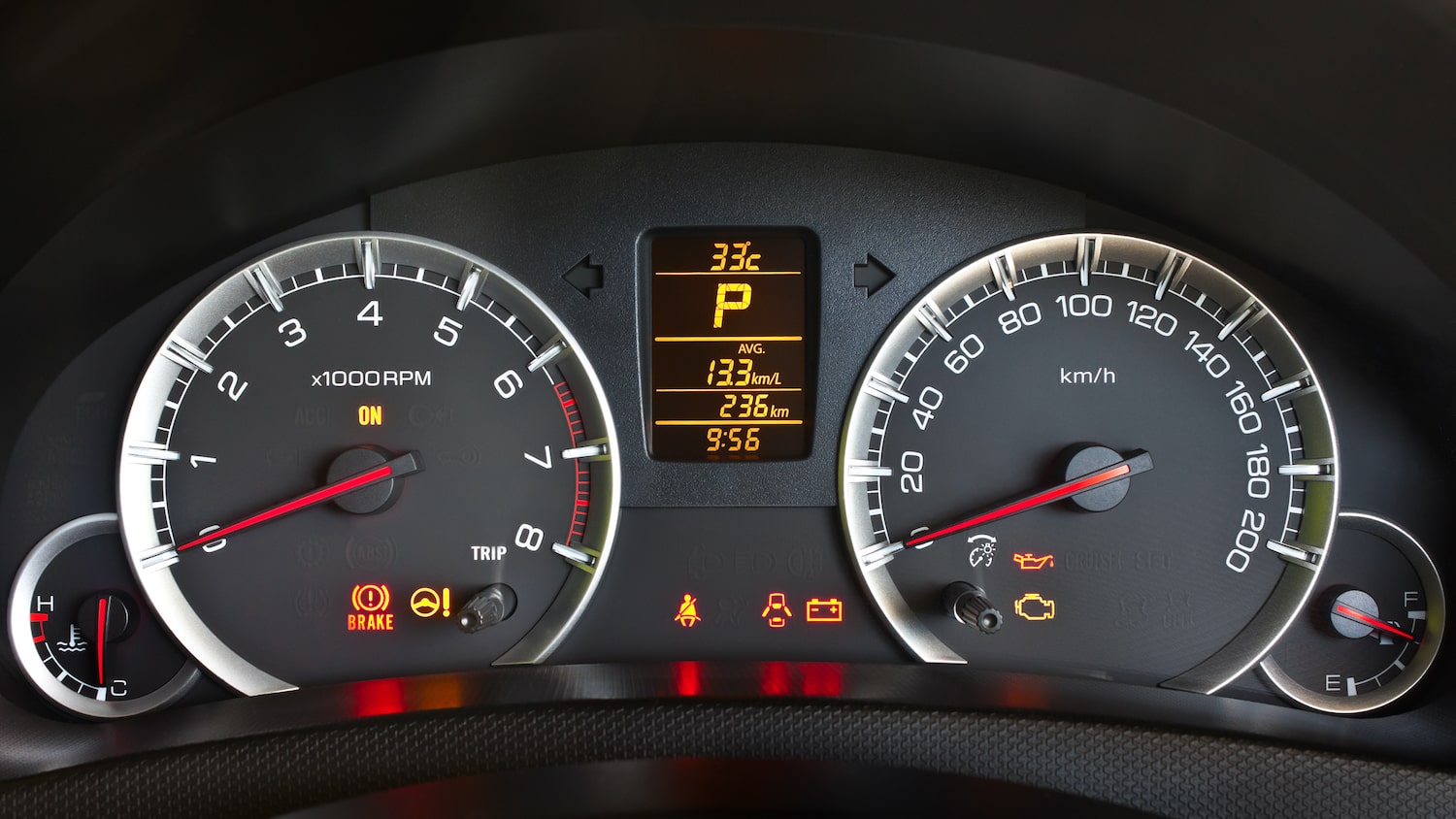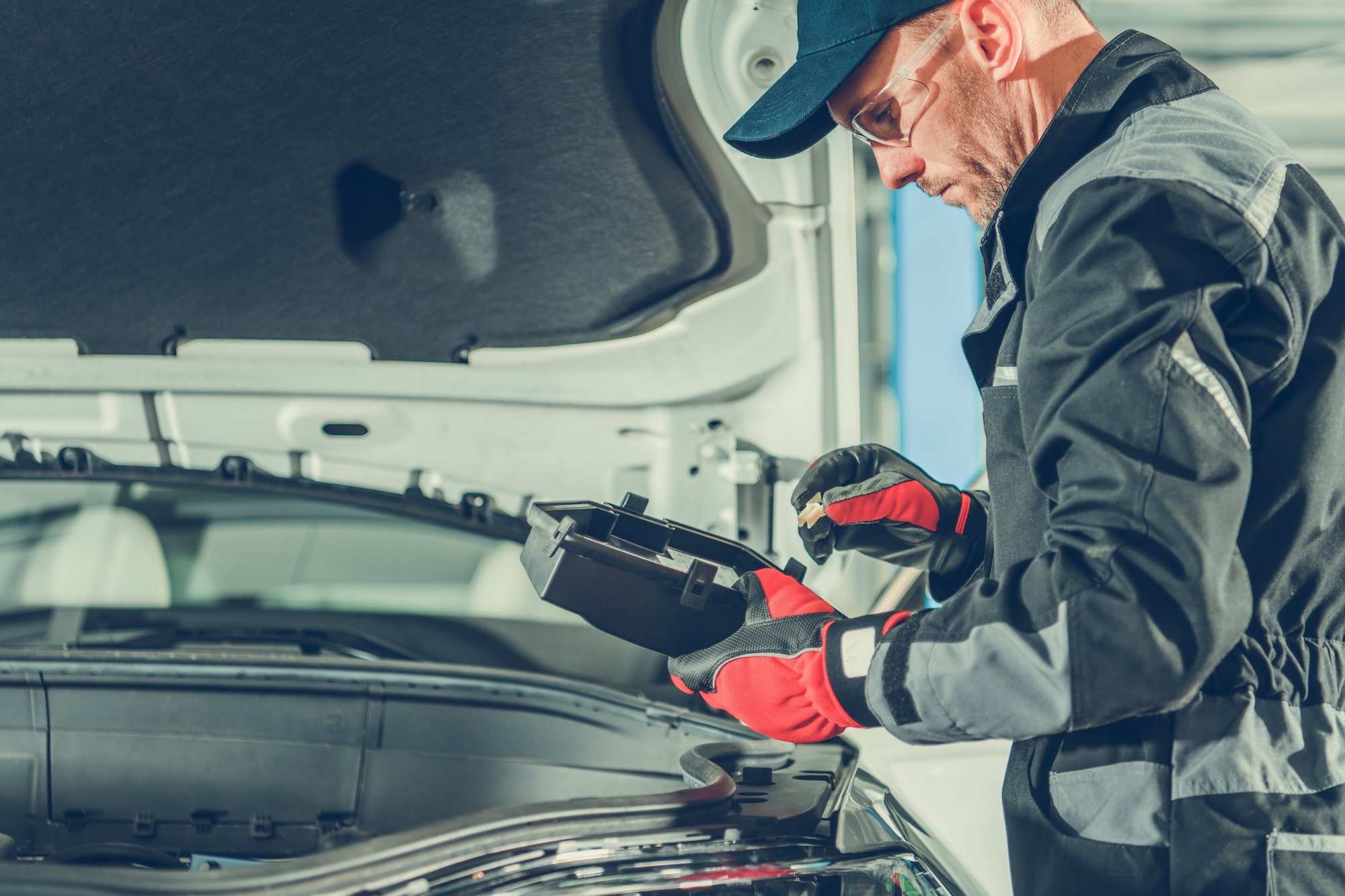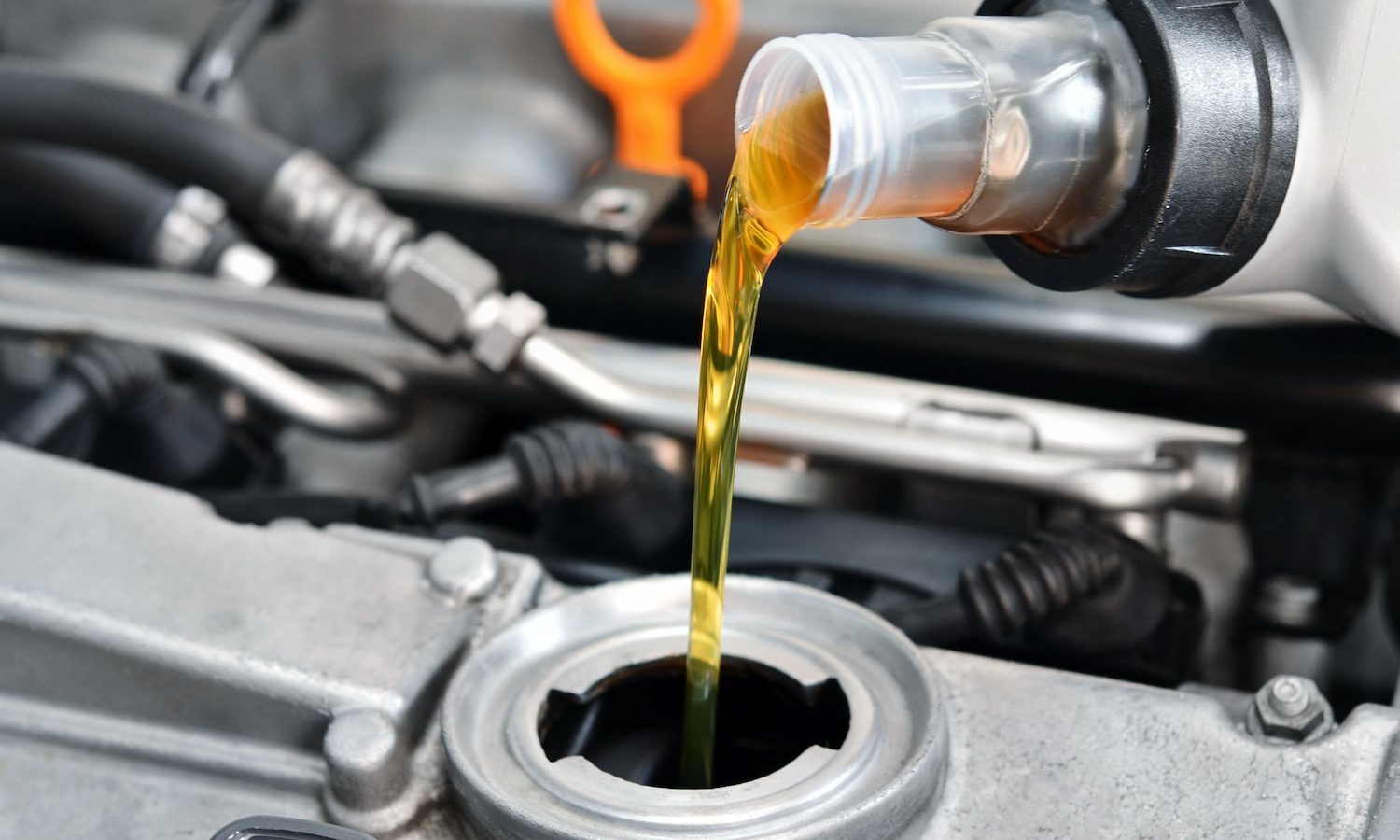A faulty car’s thermostat can cause serious engine problems if ignored. Your vehicle’s thermostat ensures your engine doesn’t overheat, since this could lead to major damage, including the expensive ones: engine failure and a blown head gasket.
So, how do you know you’ve got a problem and what can you do to fix it? Let’s find out, but first we’ll quickly recap how the thermostat works.
What Does a Car Thermostat Do?
The thermostat is a key component of your vehicle’s engine cooling system and there to regulate the temperature. It acts as a valve, triggered by changes in the temperature of the coolant.
When it’s hot, it opens slightly so the coolant can be cooled down by the radiator. When it’s cold, it remains closed.
How to Diagnose a Broken Car Thermostat
Thermostats can break and become stuck open or closed, and either way your engine could suffer. Look out for the following common symptoms of a faulty thermostat:
- The engine isn’t properly functioning
- Your fuel economy is worse
- The engine temperature gauge is giving high readings or fluctuating
- You notice coolant leaking from under the car. This could also be a sign your radiator’s leaking, though, so if you do notice this it’s best to get a professional to have a look.
Unfortunately, this won’t give you a definitive diagnosis, and your mechanic offers a few other ways you can test it, but they’re undoubtedly the main signs to look out for to indicate it could be your thermostat. There’s one way to know for sure, and that’s by replacing the thermostat.
How to Fix a Broken Car Thermostat in 8 Simple Steps
What you’ll need:
- Safety gloves
- Safety goggles
- Car jack and stands
- A suitable container to catch the coolant, which is toxic
- Wrenches
- New coolant
- New thermostat
What to do:
Step 1: Make a safety assessment.
Ensure you’ve done your health and safety checks. Is the vehicle in a driveway, garage, or other safe space, and on an even surface to carry out the work? Have you got adequate clothing, gloves, and goggles (a must when you’re dealing with antifreeze)? Is the car engine cool? If you’ve just used the car, you’ll need to wait until the engine’s cold.
Step 2: Drain the coolant.
Use the car jack and stands and carefully raise the car. Place the container underneath the radiator where it will catch the draining coolant, and then remove the radiator plug. Once the coolant has all drained, replace the plug.
Step 3: Lift the front of the car and find the thermostat.
Consult the owner’s manual and identify where the thermostat is in your car. In most vehicles, it’s located at the base of the radiator and best to access it from underneath after lifting the front of the vehicle.
Step 4: Replace the thermostat.
Take out the old broken thermostat and install the new one. A new thermostat will cost in the region of $45. Not ideal, but a relatively small price to pay for comfortable and safe driving.
Step 5: Add new coolant.
It’s the perfect opportunity to change your coolant—one of those jobs you don’t get around to as much as you probably should. To do this, start by cleaning, or ‘flushing’, the system with rinsing fluid. Fill the radiator with it before draining it as you did with the coolant. Then add your new coolant.
Step 6: Lower the car.
Taking lots of car, lower the car from the stands using the jack.
Step 7: Do some simple checks.
Drive around and try out the heater. You should hopefully find it comes on and stays at a stable temperature with no problems. Check the engine temperature dial, looking for signs of overheating. You can also go back and check the coolant level after a couple of days (and when the engine is cold) to make sure you haven’t got a leak. If any problems persist, speak to a trusted mechanic without delay.
Step 8: Wash your equipment and dispose of the old coolant safely.
Last but not least, you must be careful to wash any toxic coolant off your clothing, gloves and hands, and of course dispose of the old, contaminated coolant according to local guidelines.
The Alternative
Of course, not everyone has the tools or the interest in rooting about under their car. If that sounds like you, or if you don’t feel completely confident doing the job yourself, that’s exactly what mechanics are there for and there’s no point in taking a risk with your safety. Contact your preferred dealership or local mechanic and ask for a quote.
One word of warning: it’s always the best course of action to double check the terms of your extended warranty before carrying out any work on your car, as it could affect or even invalidate it in some circumstances. If you’re using a mechanic, you’ll likely need to make sure they’re ASE certified too.
Extended Warranties Are There to Protect You Against Failing Parts
Extended warranties, not the same as insurance policies, are there to help you prolong the life of your vehicle and minimize the costs of maintenance and repairs should you have a problem with the thermostat or any other part.
If your car is outside its factory warranty, or even if it isn’t and you just want to plug the gaps for maximum protection, we recommend an extended warranty to give you peace of mind. You can read about ways to protect your vehicle here.
Extended warranties are available from some manufacturers and from third-party providers, and it pays to shop around and read the reviews. We’ve tested out the top providers ourselves—check out our reviews here. Whichever you decide to go with, make sure you read the small print before signing up.
For all the need-to-know info on extended auto warranties, go to our overview guide to learn more. You might also find our buyer guide helpful if you’re weighing up different warranties.





